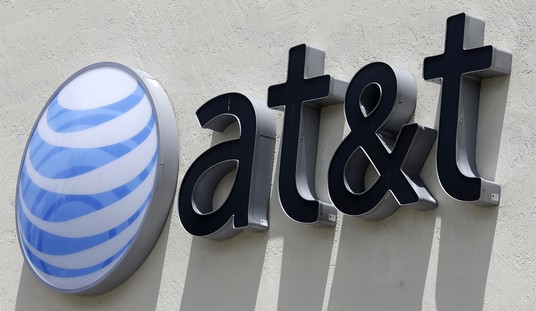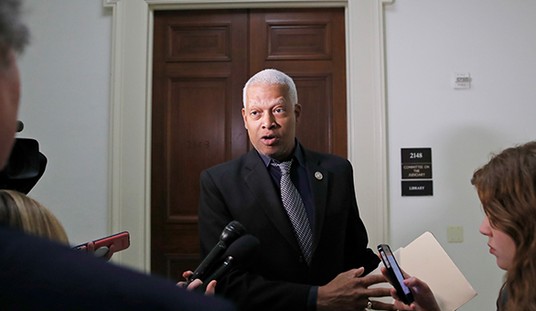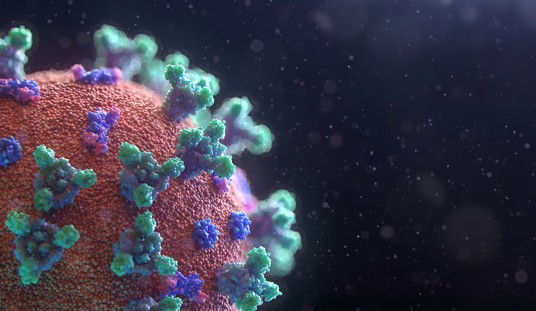(The opinions expressed in guest op-eds are those of the writer and do not necessarily represent the views of RedState.com.)
Throughout Joe Biden’s 2020 presidential campaign, he pledged to tackle America’s student debt crisis by reducing the cost of attending college and canceling up to $10,000 of debt per borrower.
More than a year into his presidency, Mr. Biden has come up short on both counts. Not only have he and Democrats in Congress failed to pass legislation forgiving student loan debt, data compiled by U.S. News & World Report indicate that “tuition rates at both private and public National Universities have increased by at least 2%” from the 2020-2021 school year to the 2021-2022 year.
However, despite these failures, one group has benefited substantially from the Biden administration’s student loan policies: nonprofit workers, the largest group of which is those employed by federal, state, or local governments.
While tens of millions of other Americans remain burdened with massive student loan debts, government and other nonprofit workers have enjoyed substantial amounts of student debt forgiveness, and at a rate we’ve never seen before, thanks to a combination of policies most voters know very little about.
Under the Public Service Loan Forgiveness (PSLF) program, which was created by the College Cost Reduction and Access Act of 2007, federal student loan borrowers who work full-time for a nonprofit organization, including a government, can have their entire student debt balance discharged after making 120 qualifying monthly payments, a requirement that takes at least 10 years to complete, but could take longer.
Prior to receiving forgiveness, many of these borrowers enroll in a federal income-based repayment plan, which ties student loan payment amounts to income, allowing borrowers to “pay” as little as $0 per month without penalties, and as much as 15% of a borrower’s monthly discretionary income.
Following the outbreak of the novel coronavirus in early 2020, President Trump and Congress agreed to temporarily pause federal student loan payments. But rather than require PSLF borrowers to continue making payments in order to make progress toward the 120-payment threshold, Trump and Congress allowed the paused “payments” to count.
Initially, the federal government’s stated goal was to provide several months of payment relief at the height of the pandemic, a time when millions of Americans were losing their jobs due to government-imposed lockdowns. If it had remained temporary, the payment pause would have had a limited impact on PSLF.
However, instead of allowing the “temporary” deadlines to pass, Biden has continued the pause three times since becoming president, the most recent of which came in December 2021, when the White House announced the pause would continue until May 1.
As a result, many student loan borrowers working for a government or other nonprofit organization will go at least two years without having to make a single federal student loan payment, all while the government counts those non-payments as “payments” under PSLF.
According to data from the U.S. Department of Education (USED), more than 471,000 borrowers, most of whom are government workers, are benefitting from the policy. Hundreds of thousands more could also benefit, if they file the proper paperwork.
Further, USED data shows more than 15,000 borrowers earned total student loan forgiveness under one of two different PSLF programs from November 2020 through September 2021, at a cost of more than $1.23 billion.
The USED data could end up just being a drop in the bucket, however. A Feb. 9 letter sent by Richard Cordray, the CEO of Federal Student Aid, indicates that more than 60,000 borrowers have received some form of forgiveness under a PSLF program over the past year.
The average loan amount forgiven for borrowers under the PSLF program in the 2020-2021 period was $94,907, while those enrolled in Biden’s smaller Temporary Expanded Public Service Loan Forgiveness program received an average of $44,324 in loan forgiveness.
When President Biden promised to help solve the student debt crisis and reduce the cost of attending college, I wonder how many voters knew only a relatively small group of borrowers, most of whom work for the government, would benefit from his pledge.
Come this November, we may find out.
Justin Haskins ([email protected]) is the director of the Socialism Research Center at The Heartland Institute and the co-author of the New York Times bestselling book The Great Reset: Joe Biden and the Rise of Twenty-First Century Fascism.












Join the conversation as a VIP Member